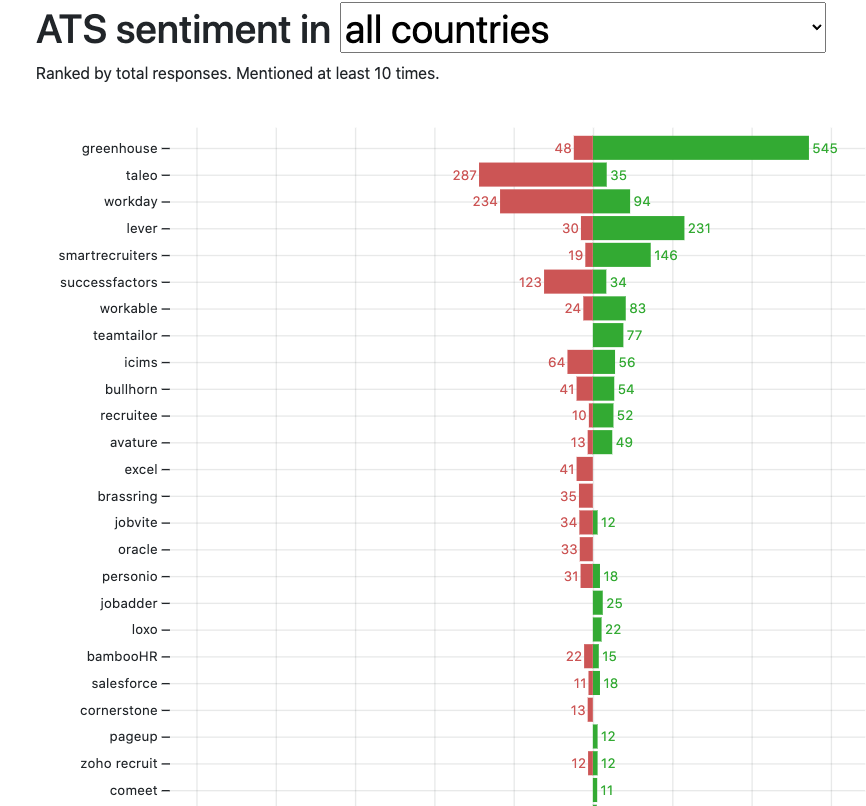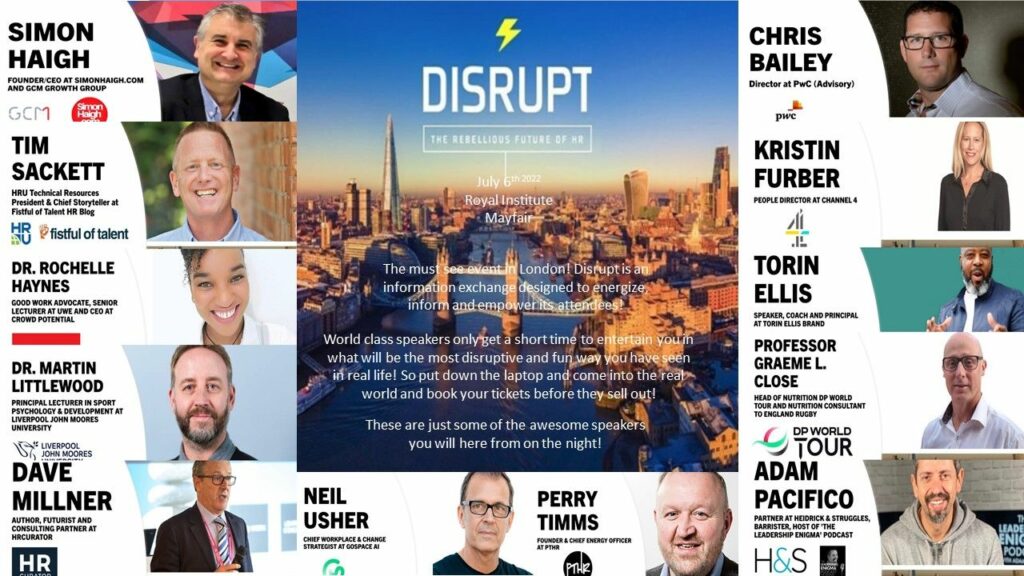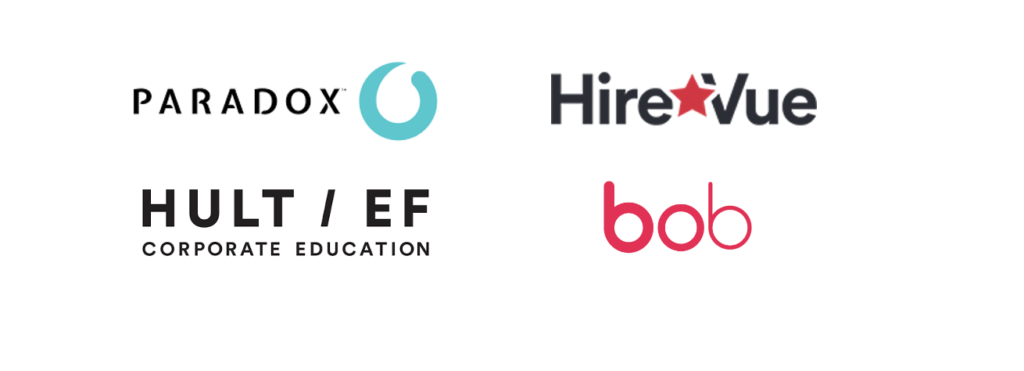A lot of folks are currently Looking for work and there are a ton of open jobs, like 12.5 million! This means that this week you’re likely to do more phone screens than a similar week a few years ago. Almost everyone in TA is working harder and trying to push more through the funnel. You and your teams will be cranking out phone screens!
You and I (TA Leaders and Pros) don’t consider a twenty-minute phone screen to be an interview. Candidates definitely believe it’s an interview. They prepare for your phone screen at the same level they prepare for an in-person interview with the hiring manager. First impressions and all.
Here’s the problem, that twenty-minute phone screen, one of many you will have during the week, isn’t even in your top 25 most important things you’ll be doing this week. So, how do we address this variance in importance with how the candidate will ultimately view your employment brand, you, your hiring manager, and the job?
That’s a tricky question.
I think the first thing we need to do in talent acquisition is simply to recognize this reality. We are going to be talking with scheduled candidates about who we are, who they are, and what we have, and this is extremely important to them, especially for those out of job. To have some empathy and understanding of the situation. To provide something of value, even as we look to gain some value of information ourselves.
It’s a powerful thing to know you’ll be talking with a number of people in a week, all of whom this could be their most important conversation of the week, month, or year. That we (all recruiters) have a major impact on this event in their lives. We can create an amazing experience, or we can do something less than amazing.
I have this naive belief that all of us humans actually want to do things that make other people happy and satisfied. Isn’t that a great little fuzzy, cute world I live in!?! If we knew we had the power to make someone’s life just a little better, we would use that power for good. That if given the choice to make someone’s day brighter, we would always make the right choice.
Well, we do.
Do Good. Be Kind. As Chris Kurtz would say.
This week, as you go out into the world and phone screen your brands out. Try and make someone’s week. You are worth it. They are worth it. It will be the most important twenty minutes of their week, it’s important we remember that!




